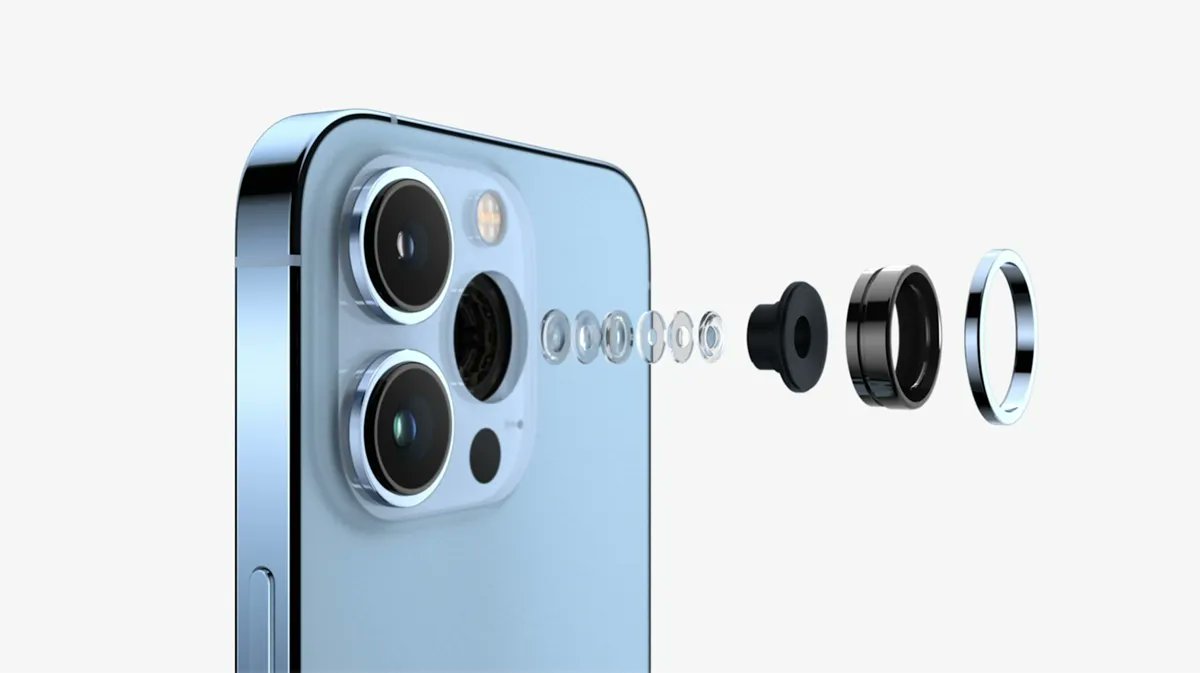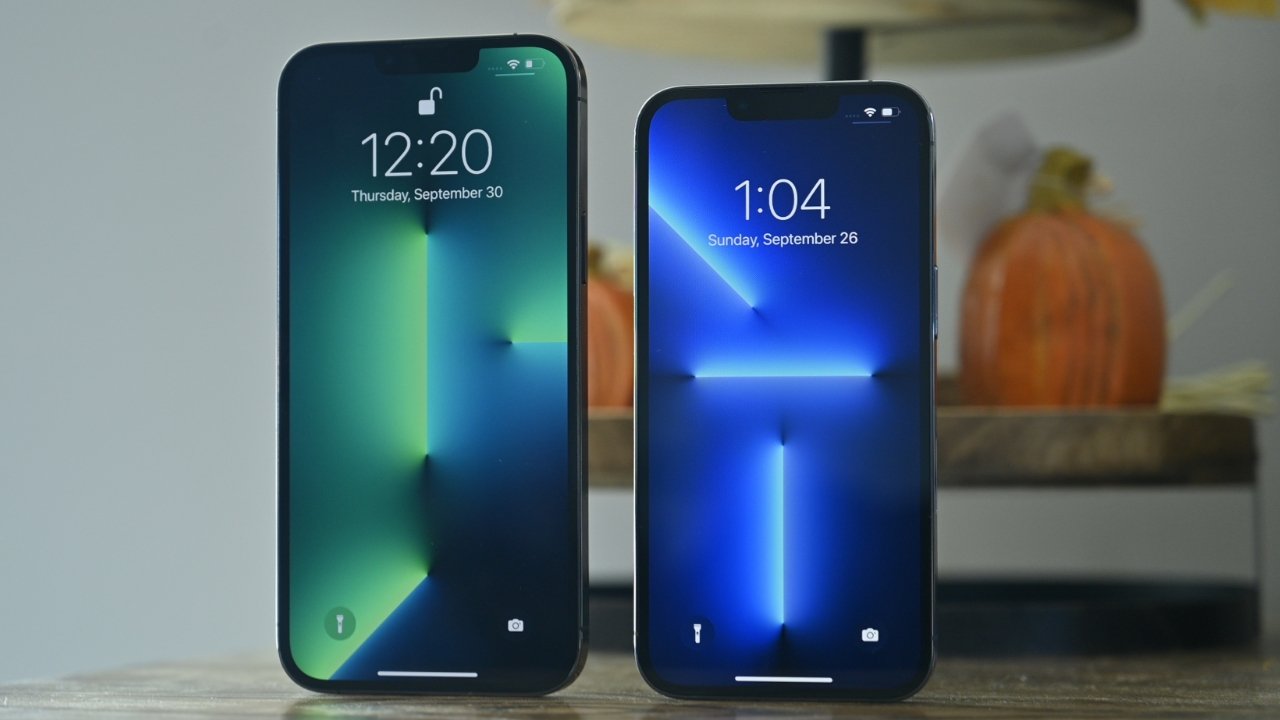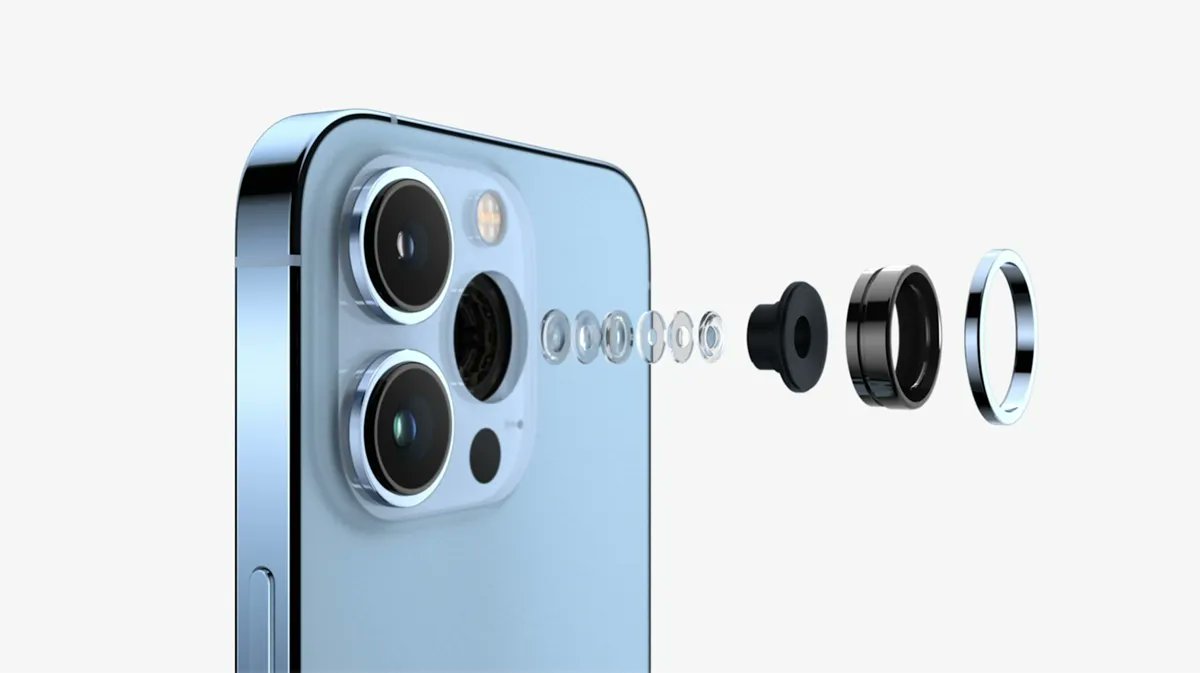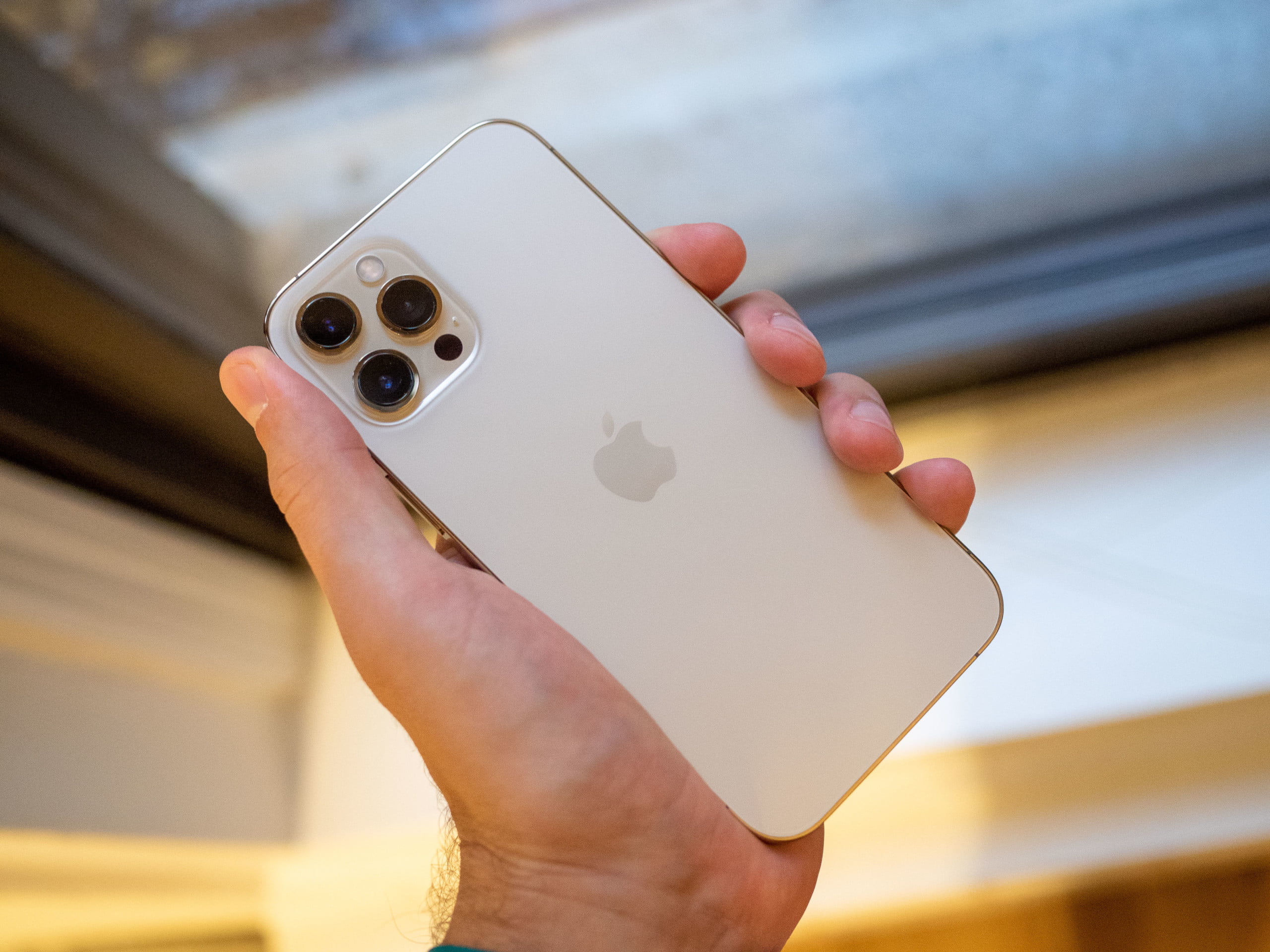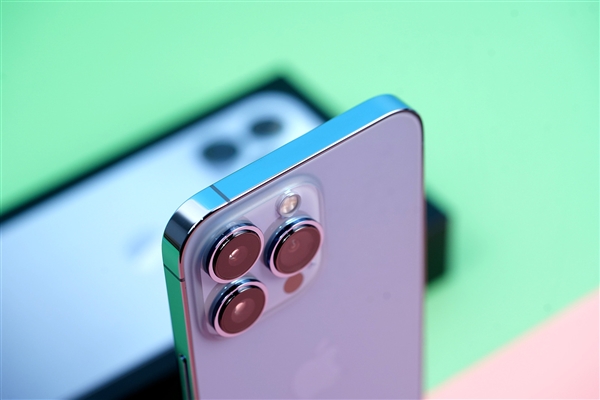
The “iPhone 13” in hand has just become popular, and the next generation and even the next generation of Apple mobile phones are already “on the way”. Although most of the rumors are aimed at the upcoming iPhone 14 series to be released in 2022, some of them have already involved iPhone 15 in 2023.
According to foreign media reports, analyst Jeff Pu claimed that Apple’s iPhone 15 Pro and iPhone 15 Pro Max will be equipped with a periscope camera lens with 5x optical zoom, and Lanter Optical is expected to become a major supplier. Apple has received Component samples, with a final decision expected in May, could potentially supply Apple with more than 100 million components if the two companies reach a deal.
Tianfeng International analyst Ming-Chi Kuo also mentioned before that Apple is working hard to add a periscope lens to the iPhone released in 2023.
A periscope lens is a telephoto lens that people mimic the design of a periscope.
It uses a special optical prism to refract light into the lens group to achieve imaging, which can greatly increase the focal length of the camera, improve the zoom ability and shoot farther scenes without increasing the thickness of the phone, but the disadvantage is that it occupies too much inside the phone. space.
In fact, periscope lenses have already appeared on Android phones. OPPO is the first mobile phone manufacturer to launch a periscope camera. At the MWC 2017, OPPO first demonstrated the 5x lossless zoom technology based on the periscope camera structure and dual cameras.
Subsequently, Huawei and Samsung have also equipped their flagship phones with periscope lenses, which can provide 10x to 100x zoom.
At present, there are two areas that are difficult to overcome in the design of mobile phones, one is the digging holes or bangs of the front camera, and the other is the protrusion of the rear camera module. In addition to the rear camera, Apple also seems to be catching up with Android when it comes to the front camera.
It is rumored that the 6.1-inch iPhone 14 Pro and the 6.7-inch iPhone 14 Pro Max will use a punch-hole front camera, and use this small hole to undertake the face recognition function of Face ID, abandoning the “bangs”. There are also rumors that the iPhone 14 will have both face recognition and fingerprint recognition.
How does “Made by Apple” compare to traditional periscope lenses? Judging from the periscope lens patent published by Apple, developers mainly hope that the module thickness of the periscope lens will be thinner and the camera aperture should be kept at f/2.4 or higher.
It is worth noting that another possible update of the iPhone 14 is that the lens will be flat with the body and will not protrude from the body. There are two solutions for this design, one is to reduce the depth and height of the lens module, and the other is to reduce the depth and height of the lens module. One is that the thickness of the mobile phone increases, and the thinner periscope lens module can obviously assist the former technical route.
In addition, based on multiple media reports, everyone’s speculation about the time when Apple’s mobile phone is equipped with a periscope lens is relatively consistent – 2023, but the potential supplier is still a mystery.
Korean media TheElec previously predicted that Apple may choose long-term supplier LG InnoTek. While predicting the release time of Apple’s periscope lens, Ming-Chi Kuo emphasized that Largan is the largest supplier of camera lenses for Apple’s AR/MR headsets.
There are many potential suppliers. Judging from several periscope lens smartphones that have been released, the main module suppliers are head phone camera manufacturers, including Sunny Optical, Oufeiguang, Lijing Optoelectronics and Samsung Electro-Mechanics, etc. The main lens supplier is Dali Guanghe Sunny Optical, the main CMOS chip suppliers are Sony and Samsung, the main VCM suppliers are TDK and Mitsumi, and the main prism suppliers include Sunny Optical, China Optical, Asia Optical, Crystal Optoelectronics and Optrontec.

